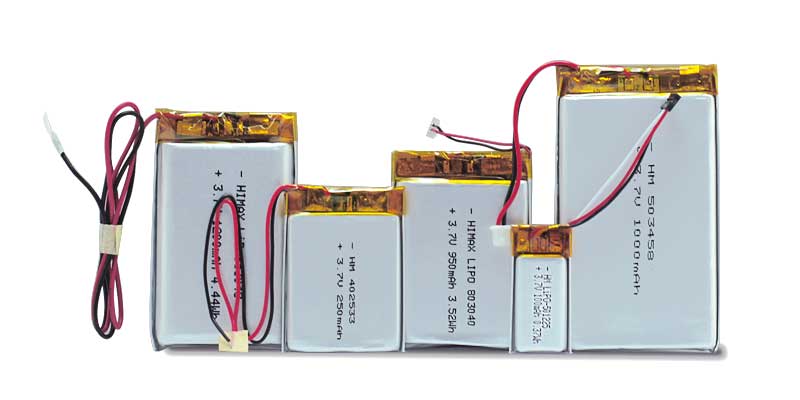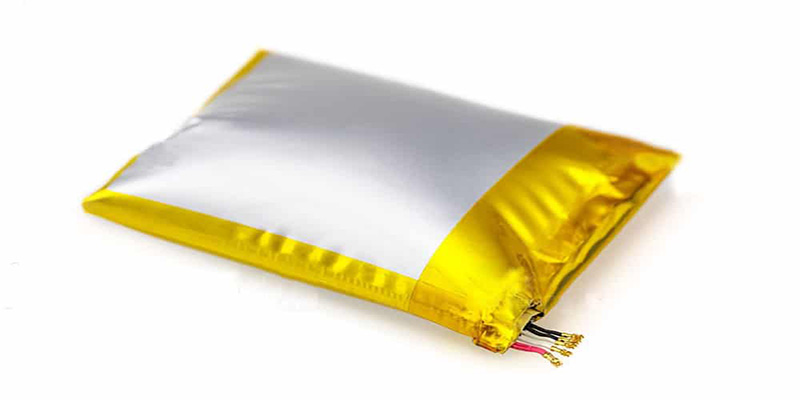How to Prolong Your Lithium Polymer Batteries
In this issue, we are going to discuss the challenges of Lithium Polymer batteries especially since they suffer from a shorter life if not cared for properly.
Luckily, it’s easy to make sure your Lithium Polymers last as long as they should, allowing you to save on money and the hassle.

When should you charge?
The first challenge in taking care of Lithium Polymers is knowing when to charge them.
In general, Lithium Polymers have a lifespan of somewhere between 300 and 500 charge cycles, from full to empty and back to full again.
But you can help maximize that life by charging before the battery is empty.
Unlike other rechargeable batteries like Ni-cads, Lithium Polymers do not have a memory. So, there is no need to wait until the battery is empty before charging.
In fact, with Lithium Polymer batteries, recharging before the battery is 80% depleted can help prolong the battery life, and is a more efficient way to charge too.
Such as cell phones and laptops, don’t wait until the screen dies before you charge. Charge whenever you get an opportunity.
LiPos are temperature sensitive
You should avoid charging when the battery is below 10ºC/50ºF as the chemical makeup of the battery means it is much less efficient when below that level.
Heat is just as important, hot Lithium Polymer batteries don’t take charge well either, so always ensure they have cooled down after use before charging.
In order to prolong the life of your battery, it is just as important to store them when they’re not being used.
In fact, for Lithium Polymers, this may be the area where most problems occur.
The temptation with batteries is to charge them up before putting them away, so they are ready to go the next time you need them, but for Lithium Polymer batteries without a BMS, this is a disaster.

Storage
Thankfully, Lithium Polymer chargers often have a ‘storage’ option for charging, which gives the battery a suitable charge for storage.
Fully charged batteries can expand when stored for an extended period, rendering them unusable, so if you have a storage option, make sure you use it.
Because Lithium Polymer batteries lose less than 1% of charge per month when stored, you will not be in danger of allowing them to discharge too far unless stored for a very long time.
However, it is important to remember that Lithium Polymers do not like being at extremely low voltages from a complete discharge, it can not only shorten life but also damage the battery in some circumstances, so keep an eye on those in storage.


